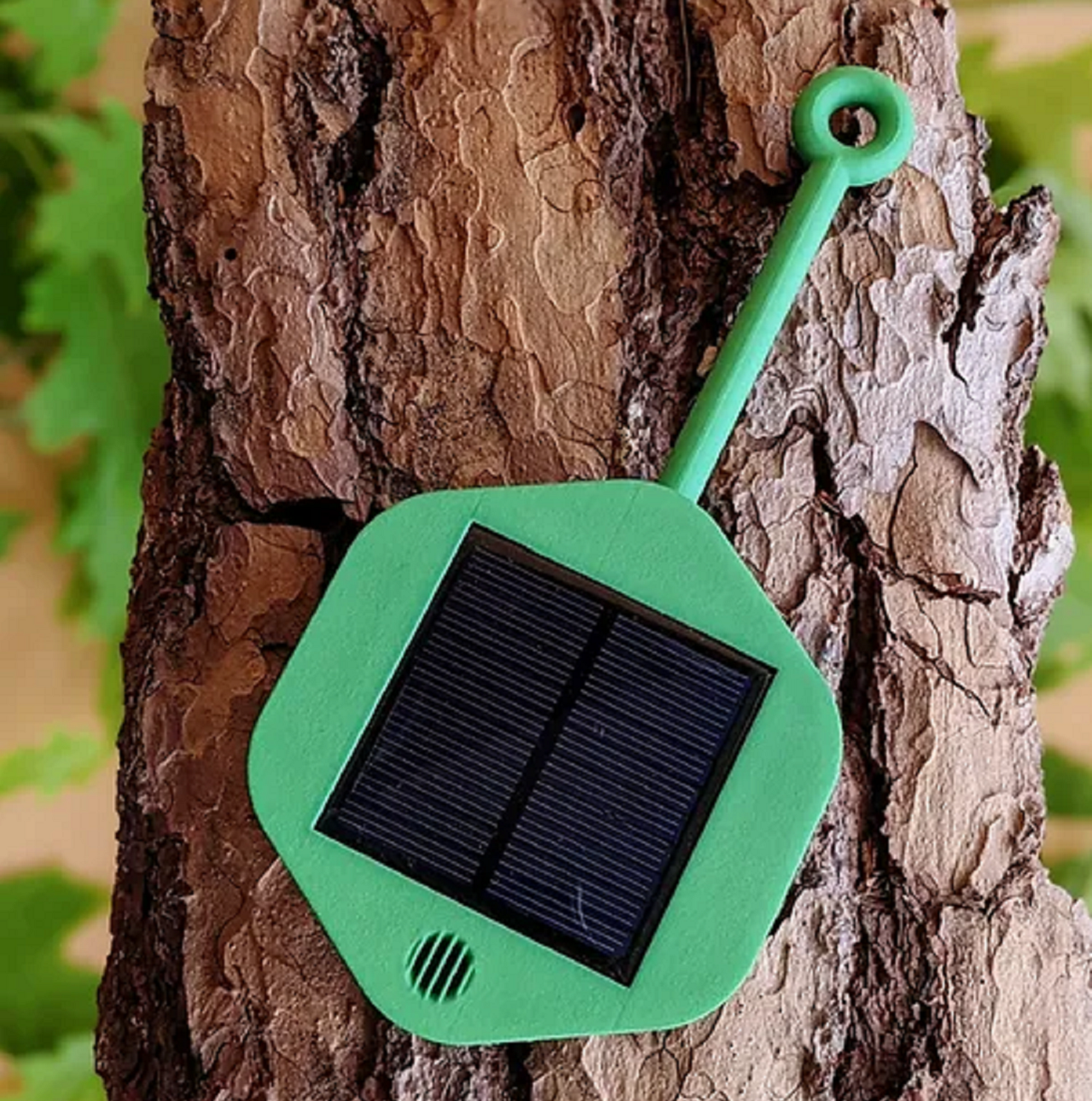The rapid expansion of IoT devices is revolutionizing industries worldwide, but managing this interconnected ecosystem presents significant challenges.
📈 The Surge of IoT Devices
By 2030, experts anticipate that the number of IoT devices will exceed 32.1 billion, embedding connectivity into various sectors, from manufacturing plants to urban infrastructure. This surge promises enhanced efficiency and smarter operations, but it also introduces a new level of complexity in asset management.
🌍 Navigating a Complex Digital Landscape
Companies adopting IoT technologies often find their device networks rapidly scaling from a few thousand to millions, spanning across multiple geographic regions. These devices—whether industrial sensors, GPS trackers, or smart grids—must communicate seamlessly to deliver value.
The challenge? Ensuring interoperability among devices from different manufacturers that operate on varied protocols and legacy systems. Without streamlined communication and centralized tracking, businesses face inefficiencies, increased downtime, and lost optimization opportunities.
🔐 Cybersecurity Risks in IoT Networks
While IoT delivers convenience and real-time insights, it also introduces security vulnerabilities. Every connected device—whether a smart thermostat or a factory sensor—acts as a potential entry point for cyber threats.
A notable example occurred in 2021 when a U.S. water treatment facility was breached due to insecure remote access. Such incidents highlight the need for robust endpoint security and proactive threat detection strategies.
To mitigate risks, organizations are increasingly implementing AI-driven automation solutions that secure IoT environments through anomaly detection and zero-trust architectures.
📊 Breaking Down Data Silos for Better Insights
A significant promise of IoT is access to real-time data, but businesses frequently struggle with fragmented data silos. When device-generated data is isolated across different platforms, organizations lack a holistic view of asset performance.
For instance, manufacturing data may remain separate from supply chain analytics, preventing efficient production timelines. Similarly, disconnected smart city networks can delay responses to infrastructure failures.
To counteract this, businesses are embracing integrated IoT data platforms that consolidate device data into centralized dashboards, enabling predictive maintenance and real-time system monitoring.
🚀 Turning Complexity into Opportunity
Despite these challenges, the rapid growth of IoT presents an opportunity for businesses to innovate and streamline operations. By investing in scalable asset management solutions and advanced security frameworks, companies can transform complexity into a strategic advantage.
The future of IoT lies in intelligent automation, strong cybersecurity, and seamless data integration—empowering businesses to fully capitalize on the potential of interconnected ecosystems.
Are you ready to embrace the future of IoT asset management?







